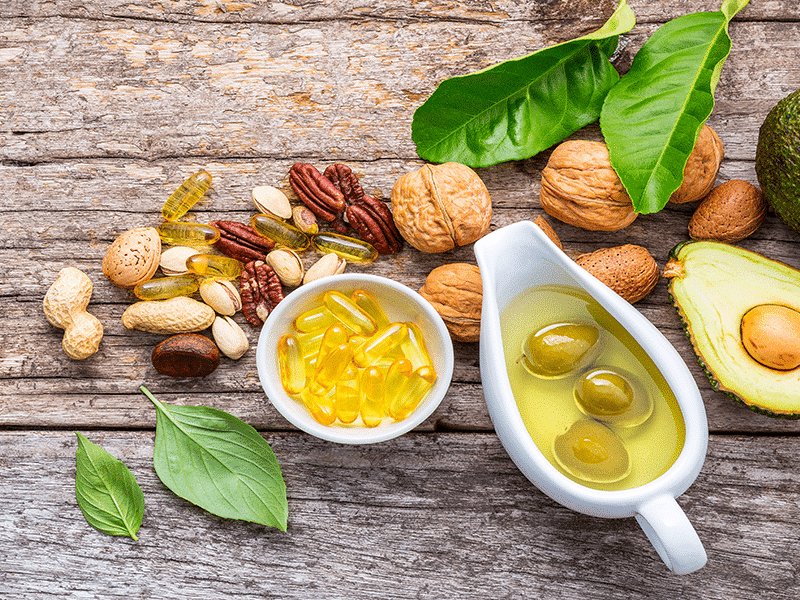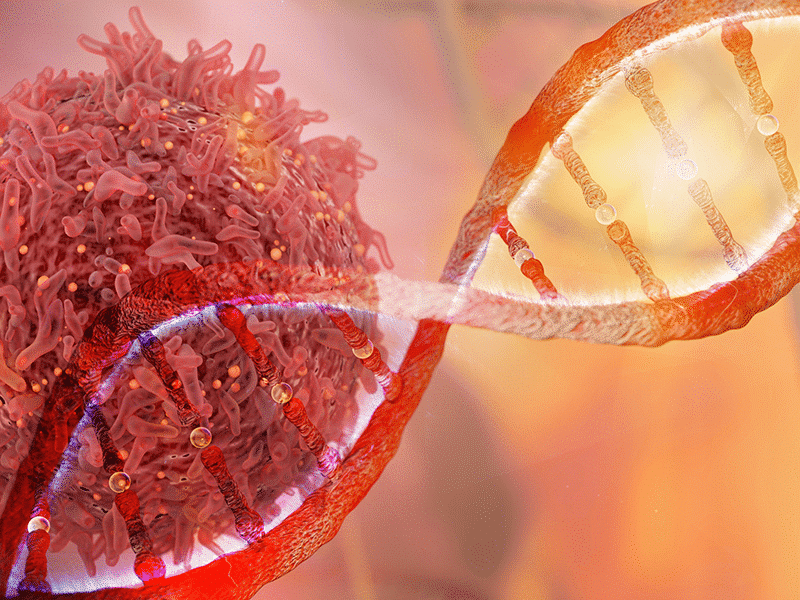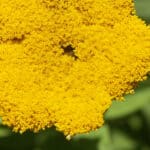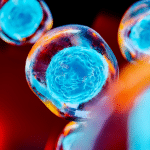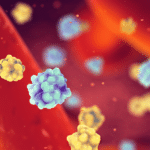Italian scientist Vincenzo DiMarzo described the role of the endocannabinoid system (ECS) in human health as helping us to “eat, sleep, relax, protect, and forget.”1 Let’s take a closer look at these five key functions:
- Eat: The ECS helps regulate appetite and satiety.
- Sleep: It helps you wind down and get a good night’s sleep.
- Relax: The ECS promotes physical and mental well-being by mitigating stress.
- Protect: It builds brain cells to protect your brain health, promotes healthy metabolism, and modulates your immune system so that it can fend off harmful invaders.
- Forget: Seems like an odd one here but forgetting is an essential component of healthy living. If you remembered every single detail of what happened every second of every day, you wouldn’t be able to function like a sane person. The ECS regulates both essential memory and “memory extinction,” forgetting what’s not important to remember.
How does the ECS do all these things? By acting as a master regulator for your body.
The Master Regulator
Imagine you’re sitting in a room surrounded by four walls covered with 100 thermostats. Each of these thermostats regulates an essential physiological function that keeps us healthy. Think of the ECS as the sum total of all those thermostats combined into a single, dynamic system that’s involved in regulating nearly all human biological activity.
As the master regulator, the ECS controls a broad array of physiological processes like wound healing, blood pressure, pain perception, brain cell production, glucose metabolism, and immune function to control inflammation.
When you’re faced with an emergency situation, you get a surge of stress hormones like cortisol and adrenaline so you can act appropriately — “fight or flight,” as it’s commonly known. Once the threat is no longer present and the situation returns to normal, your ECS turns down the stress response and brings those hormones back to baseline.
Likewise, when you’re sick and you need a fever to fight and kill whatever bug you have, the ECS turns up the heat.2 And when the invader is eliminated and you no longer need the fever, the ECS turns down the immune system’s dimmer switch to bring your temperature back to normal. But when that dimmer switch is broken, your body can’t turn down the inflammatory response and your healthy tissues become damaged. Autoimmune diseases are an expression of ECS dysfunction.
Medical scientists have discovered that the ECS is dysregulated — meaning that it’s impaired or otherwise not functioning properly — in nearly all disease states, including cancer, diabetes, Alzheimer’s, chronic pain, sleep disorders, and addiction, just to name a few. The health benefits of balancing the ECS are so profound that in 2013, U.S. National Institutes of Health (NIH) scientists Pal Pacher and George Kunos declared that “modulating endocannabinoid system activity may have therapeutic potential in almost all diseases affecting humans.”3
Given that THC and CBD both modulate the endocannabinoid system, it’s easy to see how medical cannabis is potentially helpful for numerous conditions.
Components of the ECS
By the late 1990s scientists had mapped out the basics of the endocannabinoid system as we know it today. There are the three chief components of the canonical ECS:
Cannabinoid receptors: These are like miniature portals that sit on the surface of cells throughout our brain, central nervous system, and other organs. They pick up important signals about what’s going on in the body so those cells can take appropriate actions as needed. There are two main types of cannabinoid receptors: CB1 and CB2. Both are scattered throughout your body, but CB1 receptors are concentrated in your brain and central nervous system and CB2 receptors are concentrated in your immune system. Both types of cannabinoid receptors are present in the skin, liver, kidneys, heart, and other internal organs.
Endocannabinoids: These are molecules — our inner cannabis, so to speak — that attach to cannabinoid receptors and activate them like a key turning a lock. Scientists have discovered several more endocannabinoids within our bodies, but two are most prevalent: 2-Arachidonoylglycerol (2AG) and anandamide, named for the Sanskrit word ananda, meaning bliss, because of its reputation as a mood enhancer. These interact with the same receptors as THC and other components of the cannabis plant.
Metabolic enzymes: These enzymes are proteins that accelerate chemical reactions and regulate the levels of our endocannabinoids. They are involved in both creating endocannabinoids when needed and breaking them down and destroying them once the endocannabinoids have served their purpose.
CBD, a Molecular VIP
More recently, a fourth component of the ECS was discovered — the transport molecules that act like shuttles for endocannabinoids, ferrying them to where they need to go. Known as fatty acid binding proteins, these transport molecules are also key to how CBD does its job.
When scientists first discovered our endogenous cannabinoids (2AG and anandamide, the ones we create ourselves),4 they wondered how they made their way through the body’s aqueous interior. After all, blood is mainly water and cannabinoids are fatty lipids — and oil and water are famous for not mixing very well. The key breakthrough came in 2009 with the identification of specific transport molecules for endogenous cannabinoids.
As the name indicates, those fatty acid binding proteins attach to fatty lipids like cannabinoids. In your bloodstream, these fatty acid binding proteins function like a molecular canoe that picks up cannabinoids and shuttles them to where they need to go, including through the cell membrane and inside the cell, where they interact with receptors on the surface of the cell’s nucleus.5 Known as peroxisome proliferator-activated receptors, or PPARs, these nuclear receptors regulate gene expression and energy metabolism, as well as other important physiological processes. CBD, it turns out, is a VIP passenger on those same canoes, and this may have a lot to do with why CBD can have such profound therapeutic effects.
When you take CBD, it’s as if it elbows its way to the front of the cannabinoid line, pushes aside 2AG and anandamide, and takes priority seating on the canoe. That means that your natural cannabinoids hang around on the surface of your cells longer, which gives them more time to activate your CB1 and CB2 receptors, until the next ride comes along to transport your endocannabinoids inside the cell, where they are ultimately deactivated by metabolic enzymes.
In essence, CBD acts a “reuptake inhibitor” that prolongs the natural life cycle of our own natural endocannabinoids so they can confer more therapeutic benefits. Much like you tone weak biceps by lifting weights and exposing your muscle fibers to extra muscle-making stimulus, CBD boosts the “tone” of your endocannabinoid system by exposing it to an extended dose of cannabinoid activity. This may be a key mechanism whereby CBD helps to protect the brain, buffer stress, and fight disease.
Cellular Volume Control
Hogging space on those canoes and extending the lifespan of 2AG and anandamide is one way that CBD helps to improve endocannabinoid tone. But that’s not the only way CBD interacts with your endocannabinoid system. In addition to increasing the levels of endocannabinoids by delaying their reuptake and metabolic breakdown, CBD can also alter and adjust how your cannabinoid receptors function.
THC binds directly to both CB1 and CB2 cannabinoid receptors like a key fitting into a lock and activates these receptors, causing them to send a signal that culminates in a physiological response (less pain, less inflammation, lower blood pressure, mild euphoria, relaxation, etc.). But CBD doesn’t work this way. Instead of binding with cannabinoid receptors to initiate a signal itself, CBD fine-tunes the signaling that’s been triggered by THC or an endogenous cannabinoid.
Researchers are still trying to figure out exactly how CBD does this, and the science is very much a work in progress, but here’s a glimpse of what we know thus far. Preclinical (in vitro) studies indicate that CBD functions as an allosteric modulator at the CB1 receptor, meaning that it influences how the receptor signals without actually causing it to signal. Think of the CB1 receptor as a dimmer switch or volume control knob — CBD turns it down slightly but not all the way. This appears to be one of the mechanisms whereby CBD lowers the ceiling on THC’s tricky psychoactivity and lessens the high, which is caused by direct CB1 receptor activation.
At the same time, CBD augments CB2 receptor signaling, which regulates inflammation and immune cell activity. How and why CBD triggers an anti-inflammatory response and other CB2-mediated outcomes without directly binding to the CB2 receptor is still somewhat of a scientific mystery. But this much is evident: CBD can fine-tune the ECS by modulating CB1 and CB2 receptor activity in different directions, tempering the former while amplifying the latter. And this combination can have profound, health-positive effects, particularly for metabolic disorders, obesity, liver disease, and other diseases linked to the Western diet.
To recap: CBD can elevate the levels of your endogenous cannabinoid compounds, anandamide and 2AG, which activate your cannabinoid receptors and cause them to signal. CBD can also finetune the way your cannabinoid receptors function, turning down the volume at CB1 while augmenting CB2 in a manner that balances the body and promotes good health.
An excerpt from The Essential Guide to CBD by the editors of Reader’s Digest and Project CBD. Now available in paperback and as an audiobook.
Footnotes
- V. DiMarzo, D. Melck, T. Bisogno, and L. DePetrocellis, “Endocannabinoids: Endogenous Cannabinoid Receptor Ligands with Neuromodulatory Action,” Trends in Neuroscience 22, no. 2 (February 1999): 80.
- D. Fraga, C.I.S. Zinoni, G.A. Rae, C.A. Parada, and G.E.P. Souza, “Endogenous Cannabinoids Induce Fever Through the Activation of CB1 Receptors,” British Journal of Pharmacology 157, no. 8 (August 2009): 1494–1501.
- ál Pacher and George Kunos, “Modulating the Endocannabinoid System in Human Health and Disease: Successes and Failures,” FEBS Journal 280, no. 9 (May 2013): 1918–43.
- Hui-Chen Lu and Ken Mackie, “An Introduction to the Endogenous Cannabinoid System,” Biological Psychiatry 79, no. 7 (April 1, 2016): 516–25.
- Fan Hong, Shijia Pan, Yuan Guo, Pengfei Xu, and Yonggong Zhai, “PPARs as Nuclear Receptors for Nutrient and Energy Metabolism,” Molecules 24, no. 14 (July 2019): 2545.
Recommended Readings
Endocannabinoid Discovery Timeline
25 years of groundbreaking research — an annotated history.
Essential Fatty Acids & the Endocannabinoid System
How an imbalance of omega-3 and omega-6 undermines our health.
Cannabis & the Immune System: A Complex Balancing Act
A new wave of research points toward cannabinoids having an adaptive, immunomodulating effect.



